Mapping the Markets: A Guide to Stock Market Analysis
$9.20
| Author(s) | , |
|---|---|
| Pages |
143 |
| Format |
|
| Publication Year |
2006 |
Mapping the Markets: A Guide to Stock Market Analysis seeks to bridge the gap between the two disciplines and show how you can benefit from both. This book will provide an invaluable route to improving your chances of investment success and avoiding investment distress, whether you are a long-term investor or a short-term trader.
Introduction:
This book aims to explain not only how cycle theory links the disciplines of fundamental analysis and technical analysis, but also how cycle theory can be used to navigate successfully through the changing global economic landscape. Mapping the Markets is in four parts, summarised below:
Part 1 Tools for mapping the markets: Business cycles provide the underlying propulsion for both the economy and the stockmarket. An understanding of what causes shifts in both the trend and the intensity of this underlying force is a key element in the successful prediction of market outcomes. Part 2 Long-term cyclical drivers: Economic waves are triggered by technological change. Gutenberg’s invention of the printed book was the catalyst for the Renaissance. It allowed literature, art, philosophy and science to become much more widely disseminated. At around the same time, Vasco de Gama’s discovery of the sea route to India sparked off a huge rise in world trade.
Part 3 Downward phases of the cycle: No trend or wave moves in a straight line, so even against a broadly positive economic backdrop there will periods of downturn in both the economy and stockmarkets. Chapters 9 and 10 look at factors that could precipitate a downturn. Part 4 Taking market bearings: The final part of the book shows how cycle theory can be used to anticipate which markets and sectors will benefi t from the changing economic landscape in the coming years. This is not intended to be a precise prediction of where any one market will be at any one time in the future but rather a broad indication of trend.
Contents:
- Economic cycles
- Stockmarket cycles
- Sector rotation
- Stock selection
- Economic catch-up
- Demographic trends
- Energy
- Biotechnology
- Global imbalances
- External events
- Stockmarkets
- Sectors
Mapping the Markets: A Guide to Stock Market Analysis By Deborah Owen pdf
4 reviews for Mapping the Markets: A Guide to Stock Market Analysis
Clear filtersOnly logged in customers who have purchased this product may leave a review.

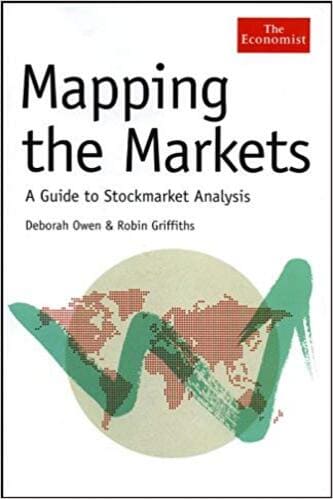

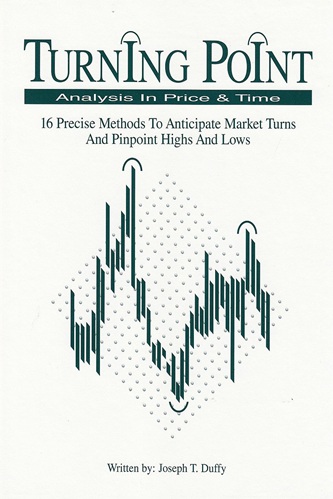

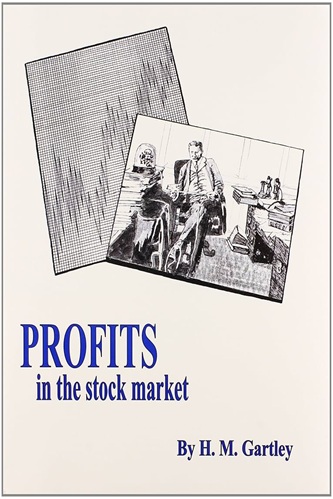

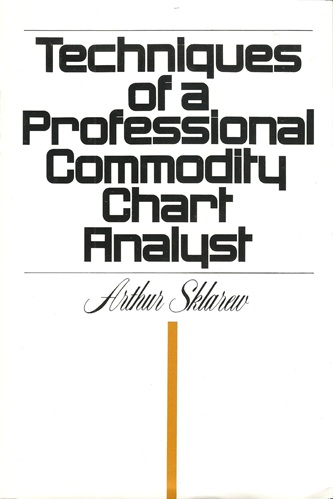
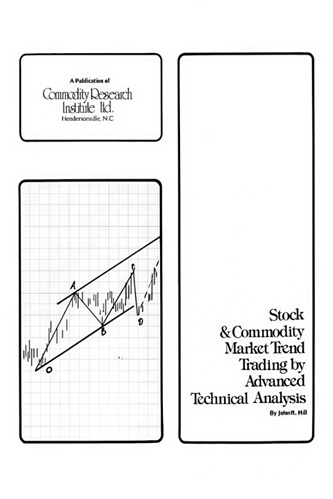
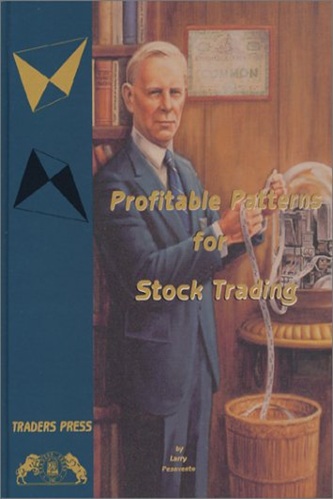
Victor Suarez (verified owner) –
This book explains clearly why markets move in cycles and, furthermore, it spells out where you should invest to profit from the next big wave of industrialisation and innovation. It is essential reading for all investors.
Jonathan Mora (verified owner) –
Mapping the markets takes you through a global view of today’s markets with macroeconomics , technical analysis, demographic trends and a quick review of issues such as energy and biotechnology to date, that it gives a very wide and complete insight into what happens and especially why things happen in the markets. A must have for anyone begining studies of the stockmarkets.
Blake Hawkins (verified owner) –
Mapping the Markets is a lucidly written and carefully explained book which focuses on the cyclical changes of the market. The trends recognised have been extremely accurate and this book equips the reader with the skills to detect forthcoming market fluctuations. As an investor this book has become a crucial point of reference when investing in the stockmarket and I would thoroughly recommend it to anyone with an interest in the field.
Jack Alvarado (verified owner) –
It is a privilege to commend this book to the great multitude of investors, traders and analysts, who are eager to enhance their knowledge of the global financial markets – whether in equities, currencies, interest rates or commodities.
“Mapping the Markets”, the brainchild of two well-known practitioners in the world of technical research; Deborah Owen and Robin Griffiths, amalgamate the disciplines of economic and technical analysis, showing how investors can position themselves to benefit from both specialties.
The authors expound on the work of Joseph Schumpeter – this being the backbone of their methodology – and illustrate how Schumpeter’s ‘three-cycle schema’ culminate in trends in the stockmarket that last for generational periods of time (secular timeframes) or in cycles of shorter duration. Particularly interesting is the revelation of the four-year cycle in the US stockmarket, otherwise dubbed the Kitchin cycle in Schumpeter’s work, and is shown to have become phase-locked with the US presidential-election cycle.
At the microscopic level, the authors share a unique system for identifying Stocks and conducting top-down analysis that begets from the four-year cycle. The methodology aims to identify the strongest trending markets and stocks based on short, long and relative strength trends and is particularly useful for determining sector rotation within the business cycle. Having applied this analysis, they illustrate simple chart patterns that can be utilised in conjunction with this methodology to sharpen market timing.
On another note, the book is instrumental in revealing how more esoteric
concepts like demographics and natural resource allocation are key in paving the economic destinies of countries and is apropos in interpreting China and India’s boom story.
Finally, it is worth highlighting that the primary strength of this book is separating the wheat from the chaff to provide a no-nonsense approach to deciphering financial markets in their changing landscapes.
I only wish that I had this book ten years ago!